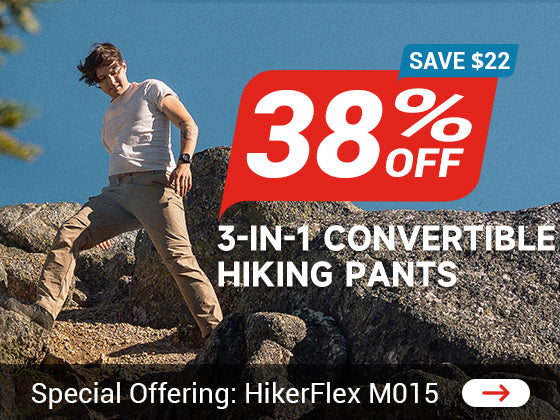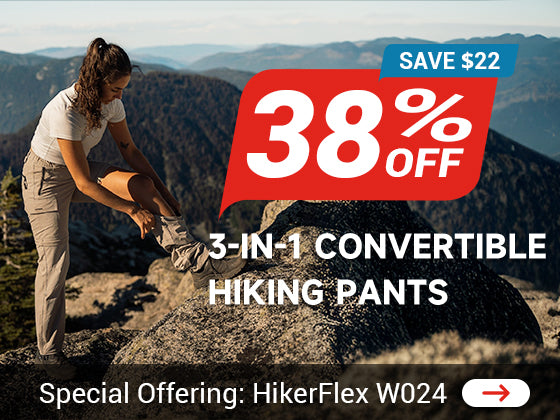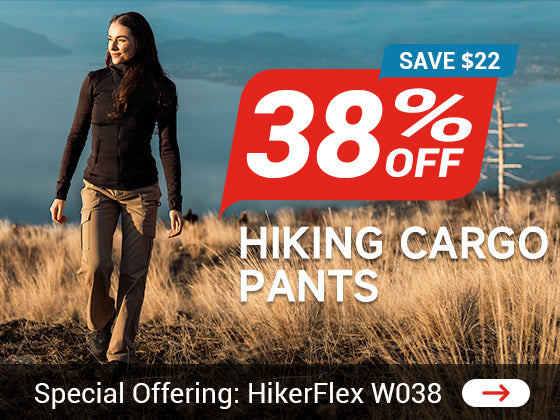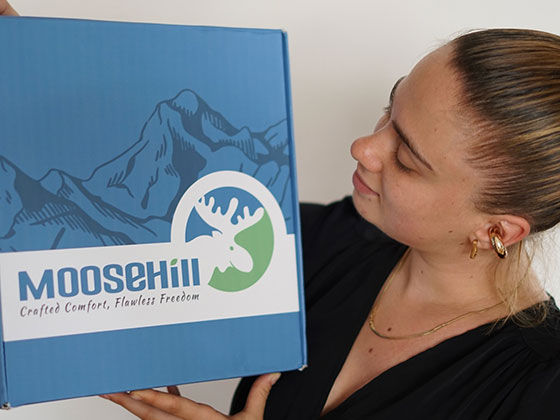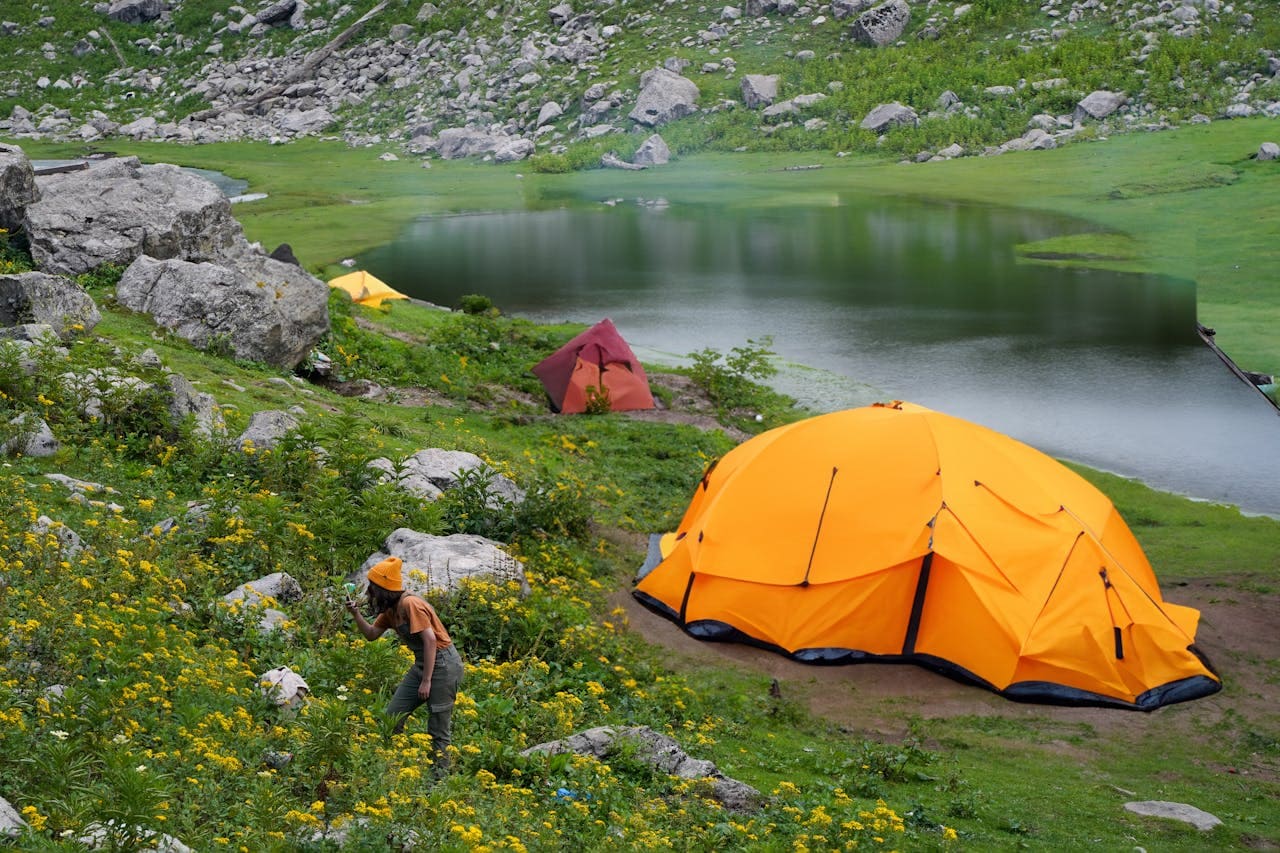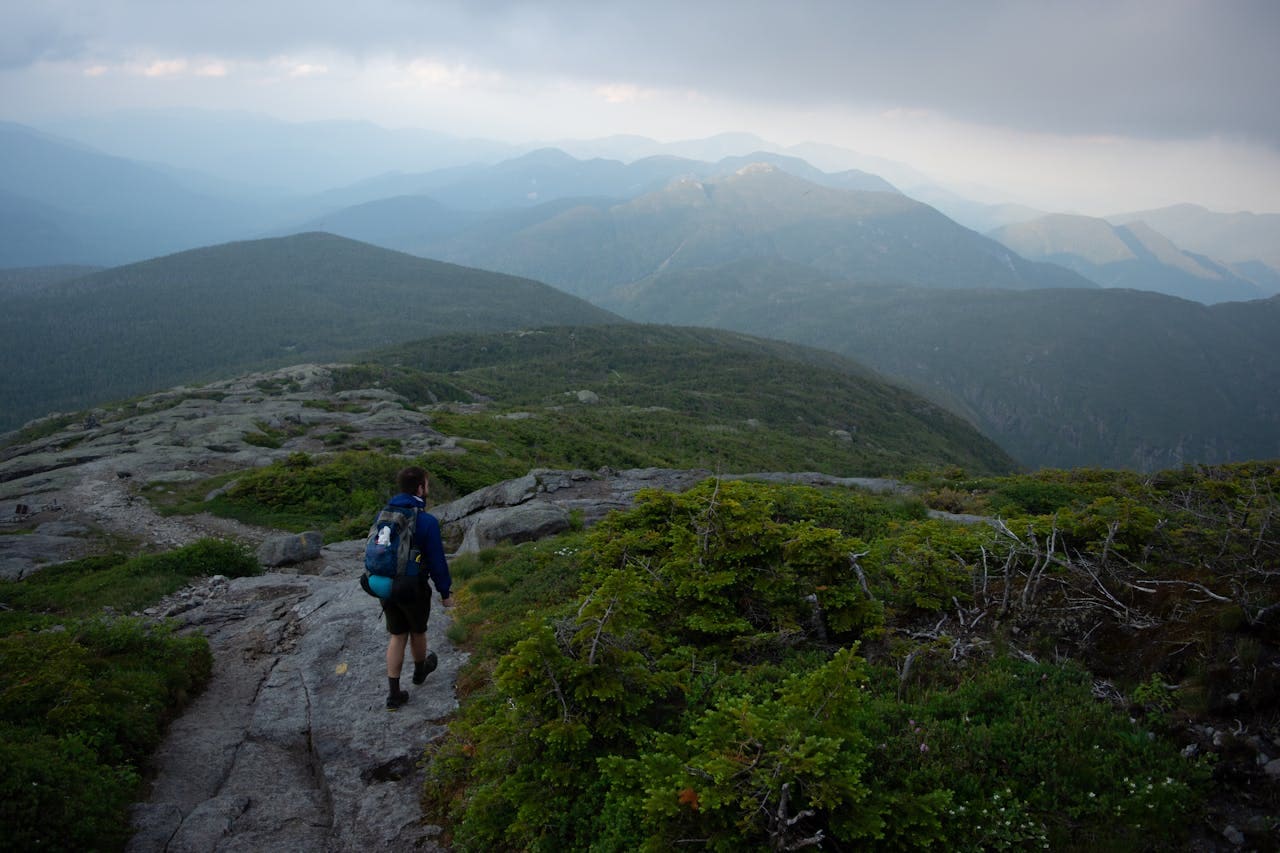Why do MTB Riders Wear Baggy Shorts
1.Introduction
In professional cycling, there are numerous disciplines that are very different from each other, and in each one, clothing plays a crucial role. In each discipline, a different objective is sought, which directly influences the type of clothing that cyclists choose to wear.
For example, in road cycling, the aerodynamics and weight of the clothing are critical factors. Due to the high speeds at which they compete, it is essential that the clothing minimizes air resistance. For this reason, road cyclists wear very lightweight and extremely tight-fitting lycra garments, known as "skinsuits" or one-piece suits. These garments not only reduce aerodynamic drag but also improve efficiency with each pedal stroke, allowing cyclists to maintain high speeds with less effort. Additionally, the lightness of these garments helps reduce the total weight they have to carry, which is vital in mountain stages or time trials, where every gram counts.
This need to minimize wind resistance and reduce weight is not as crucial in other disciplines like mountain biking (MTB). In MTB, races are primarily conducted on rough terrains and narrow trails, where the technique and strength of the cyclists are much more decisive. Here, aerodynamics takes a back seat since the average speed is usually lower, and the routes are filled with natural obstacles that require precise maneuvers and control over the bike. Therefore, mountain bikers do not need to wear extremely tight and lightweight clothing to break wind resistance.
Instead, many MTB cyclists opt for looser and more comfortable clothing, with "baggy shorts" being a popular choice.

2.Most Notable Features of Baggy Shorts
Next, we will look at the main advantages of using baggy shorts in MTB:
● Comfort and Mobility:
MTB is a demanding discipline within cycling where physical effort, technical skill, and endurance go hand in hand. For this, cyclists must have the most comfortable clothing possible. Because of this, it is very common to see MTB cyclists wearing loose clothing, giving them a sense of spaciousness and freedom of movement. This is critical in a discipline where cyclists traverse narrow trails, jump over rocks, and navigate steep and difficult descents with obstacles, requiring them to move dynamically on their bikes.

With baggy shorts, cyclists can perform numerous necessary movements to navigate these trails without their movements being restricted, giving them greater agility.
Moreover, we must add the factor of comfort and breathability. These shorts are usually breathable, maintaining the cyclists' body temperature. Since they are not tight to the body, like road cycling bib shorts, they provide a greater sense of comfort.
The last detail about the comfort of these garments is that many of them have adjustable waists, which is not the case with bib shorts, allowing each cyclist to adjust the shorts to their characteristics or preference.
● Functionality:
Another point to consider, and why many MTB cyclists use this type of garment, is its functionality. These garments usually have numerous pockets, allowing cyclists to carry many tools for the bike and food for refueling. This does not happen with road cycling “culottes”, as they do not have pockets, so road cyclists must carry tools and supplies in the back pockets of their jerseys, which have very limited space. Additionally, these pockets are strategically placed so they do not interfere with or disturb the pedaling.
Furthermore, baggy shorts often have zippers or buttons to open or close them, similar to regular pants, making it much easier to attend to personal needs.
 
|
● Protection:
In cycling, falls are more common than expected, especially in mountain biking (MTB), where cyclists navigate narrow trails filled with a variety of obstacles such as rocks, tree branches, roots, and uneven terrain. These challenging conditions make it imperative for cyclists to have adequate protection to ensure their safety and enjoyment of the activity. Unlike road cycling, where the primary focus is on speed and aerodynamics, MTB requires riders to be prepared for the unpredictable nature of off-road trails.
For this reason, baggy shorts often include protective reinforcements in certain areas, providing cyclists with greater protection in case of falls. These reinforcements are strategically placed in high-impact zones such as the hips, thighs, and lower back. This added layer of protection can help absorb the shock from falls and reduce the risk of serious injuries. The materials used in baggy shorts are also specifically designed to withstand the harsh conditions of mountain biking. They are often made from durable, abrasion-resistant fabrics that can endure scrapes and impacts from rocks, branches, and other obstacles encountered on the trail. These robust materials help ensure that the shorts remain intact and continue to provide protection, even after multiple falls and rough rides.
Additionally, the loose-fitting nature of baggy shorts allows cyclists to wear extra protection underneath, such as knee pads, hip protectors, or padded undershorts. This layering capability is crucial for enhancing overall protection without sacrificing comfort or mobility. Knee pads, for example, are essential for safeguarding against injuries during falls or when navigating rocky descents. Hip protectors can help prevent bruising and more severe injuries in the event of a sideways fall. The ability to add these protective elements beneath baggy shorts means that riders can customize their level of protection based on the specific demands of their ride and personal preference.

3.Conclusion and Different Brands of Baggy Shorts and MTB Available on the Market
Considering all this, it is clear that baggy shorts offer protection, security, functionality, and comfort that traditional road cycling bib shorts do not, along with the multitude of brands and companies that market these baggy shorts, making them easy to purchase. Despite this, we must ask ourselves a very important question: Are all brands the same?
The answer would be NO, as in any market, there are better and worse brands, more expensive and cheaper brands.
Despite this, MTB is characterized by being a sport where many brands specialize and show interest. Among these brands, we must highlight the following: - Fox Racing - Scott - Gobik
These brands are of great quality and have been manufacturing these items for years, but perhaps due to their high prices, they are not within everyone's reach. However, there are numerous brands that offer similar quality to the mentioned brands but at a lower and more accessible price for everyone. In this way, we must highlight the Moosehill brand.
Moosehill is a clothing store specializing in adventure sports and cycling. Moosehill offers high-quality clothing at a lower price than the competition, with an unmatched quality-price ratio. Additionally, it should be noted that Moosehill clothing is manufactured sustainably, with a positive impact on the planet and with high-quality eco-friendly materials. All this combined with the great durability of their garments and a wide catalog from which you can choose clothes in numerous colors, something not offered by other brands.
Finally, it is worth noting that Moosehill has a website ( https://moosehillstore.com/collections/deals ) where you can see their extensive catalog of sportswear and choose the size that best suits you, with a 30-day guarantee and numerous offers.
--- END ---
For more details about Mountain Bike Shorts , please click and choose the best-fitting products!

【Biking Advice】
· What shorts do Mountain Bikers wear?
· Why Are Mountain Bike Shorts Padded Instead of the Seat?
· Comfortable and Stylish: 5 Expert Tips for Bike Shorts
【Hiking Advice】
· The Golden Rules for Hiking in 2024
· Hiking Tips for Beginners
· Top 7 Most Common Mistakes When Hiking
【Golfing Advice】
· Do You Wear Pants or Shorts to Golf?
· Quick Guide: Choosing the Perfect Golf Pants
· 4 Tips to Efficiently Choose Your Golf Clothing and Accessories
【Ski & Snow Advice】
· What pants are good for snow
· Can Snow Pants Be Used as Rain Pants?

